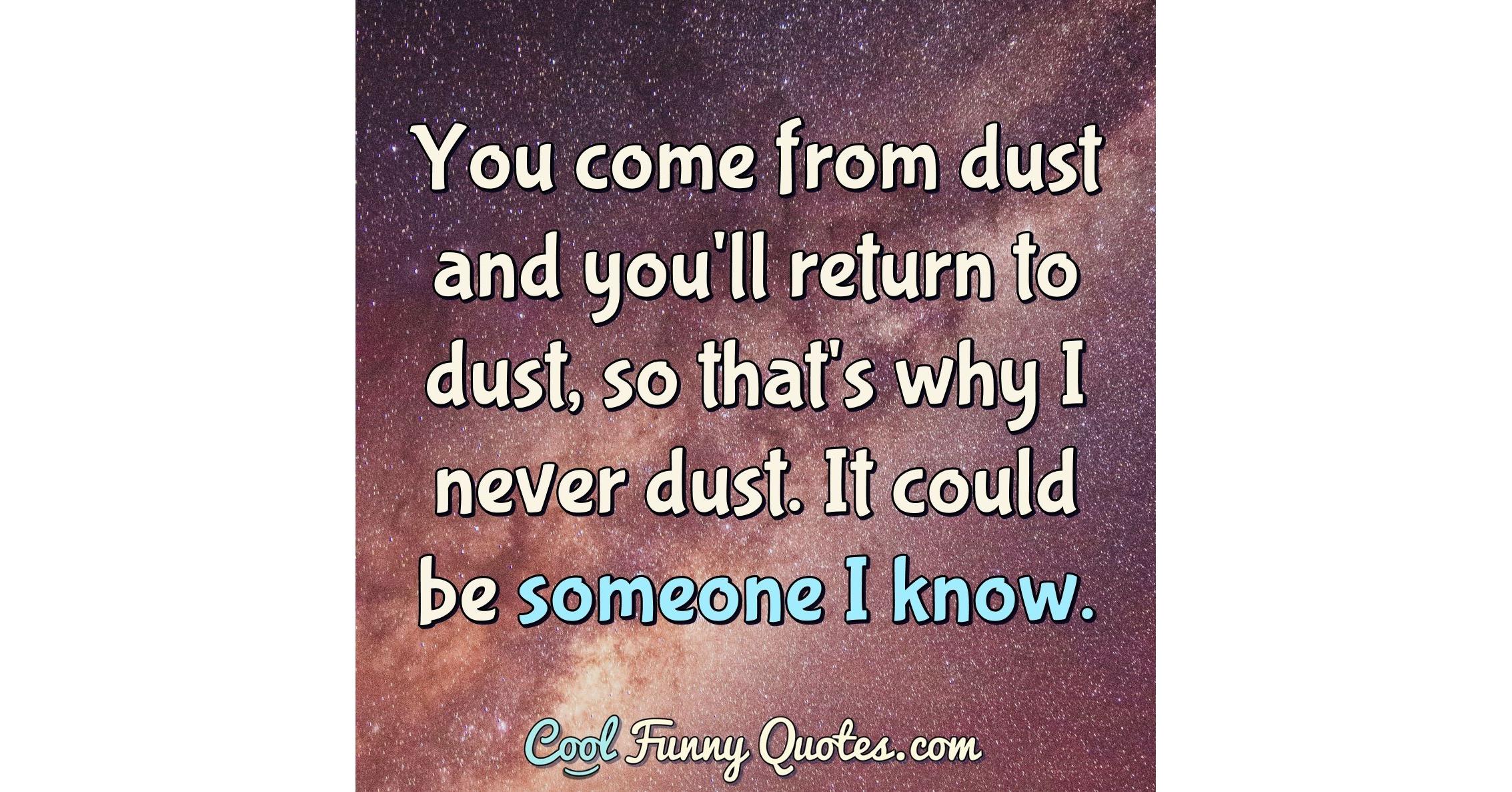
If you’re experiencing symptom #4, most likely you’re also noticing an uncomfortable case of postnasal drip.ĭust allergies are notorious for causing this issue. These include drinking hot liquids, like soups and teas, as well as gargling with salt water and using a neti pot. In fact, Heathline released a report backing up this claim, including several natural remedies to help with it. Inhaled allergens immediately affect the nose, mouth, and throat and these are telltale symptoms of an allergic reaction to particles in the air. These could be sure signs of a dust allergy.

But, you are noticing an itchy nose, tingle in the roof of your mouth or scratchy throat. Perhaps you’re not sneezing, having a runny nose or experiencing severe nasal and sinus pressure. However, if you’re noticing it alongside symptoms #1 and #2, it just may likely be caused by an allergic reaction to dust ( see ACAAI for more information). Trying to diagnose an allergy to dust off of this one sign alone is not feasible. Unfortunately, these dust allergies symptoms are shared with other eye diseases and cold viruses. When dust particles come into contact with mast cells on the eyes, the response is to release histamine and other chemicals that cause blood vessels to leak, which makes your eyes red, watery and itchy. This is another natural defense your body conducts when it reacts to something sensitive in the environment. Itchy, Red or Watery Eyesīeing allergic to dust and dust mites can also cause you to have itchy, red or watery eyes.

This is due to the fact that your sinuses are not able to drain properly and all that mucus and air is trapped inside. When nasal congestion occurs due to swelling of mucous membranes, this cuts off your sinuses. If your nose problems occur in conjunction with sneezing when indoors, it’s most likely not a cold virus, but may be related to dust. This causes your body to produce histamine, which then causes a stuffy and runny nose. If you’re allergic to dust, then this means your body is hypersensitive to this type of allergen and mistakes it for a harmful substance. First, the dust allergens have to irritate the lining of your nose before it triggers an inflammatory reaction. Most often this doesn’t happen until after you begin sneezing. What’s happening here is that the mucus membranes inside your nose become inflamed and create a stuffy and/or runny nose. And, according to WebMd, 1 in 5 Americans suffer from this condition. The inflammation of nasal passages, also referred to as Rhinitis, is a common natural defense against allergies and a cold. See all of Amazon's Best Selling Air Purifiers 2. Allergies produce a clear liquid when sneezing while a cold produces yellowish or greenish discharge. The two biggest indicators are the duration of symptoms and the color of nasal discharge.Ĭold symptoms tend to last between 3-14 days, while an allergic reaction to dust will continue to persist.Īccording to Live Science, the color of nasal discharge can also clue you into what issue you may be having. If you’re not sure if you might have a cold instead of dust allergies. If not, it may be related to some other allergen. If it stops, most likely the dust was the problem.

If sneezing has started to occur more often in your own home (or a place you visit often), try a thorough cleaning and then see if it persists. If you find that you’re not regularly sneezing when you’re outside, but start to when going indoors, you might have an allergy that’s related to dust.

Sneezing, also called sternutation, is your body’s natural defense against removing irritants that enter the nasal passage. When it comes to people that are allergic to dust, sneezing always makes it to the top of the list.
From dust you came from and dust you will become professional#
The information provided in this article should not substitute for professional care.Ĭheck out "Amazon's Most Wished For" products for Black Friday and Cyber Monday: If shortness of breath or wheezing quickly gets worse, seek emergency care. Note: If symptoms such as wheezing or nasal congestion are severe, you should call your doctor. Hopefully, this information will clue you in to what’s really going on with your health. In this article, we’ll share with you eight of the most common signs that are associated with allergies related to dust and dust mites. In a mild case, you may experience an occasional outbreak of the symptoms below, while in a severe condition you might notice chronic, ongoing problems. What may seem to be dust allergy symptoms may actually be a cold and vice versus.ĭust allergies can range from mild to severe. Unfortunately, some of the signs of a dust allergy, like sneezing, coughing and a runny nose, are similar to sicknesses such as the common cold. By Katherine Dyson Posted in Miscellaneousĭo you think that you may be experiencing symptoms of dust allergies?


 0 kommentar(er)
0 kommentar(er)
